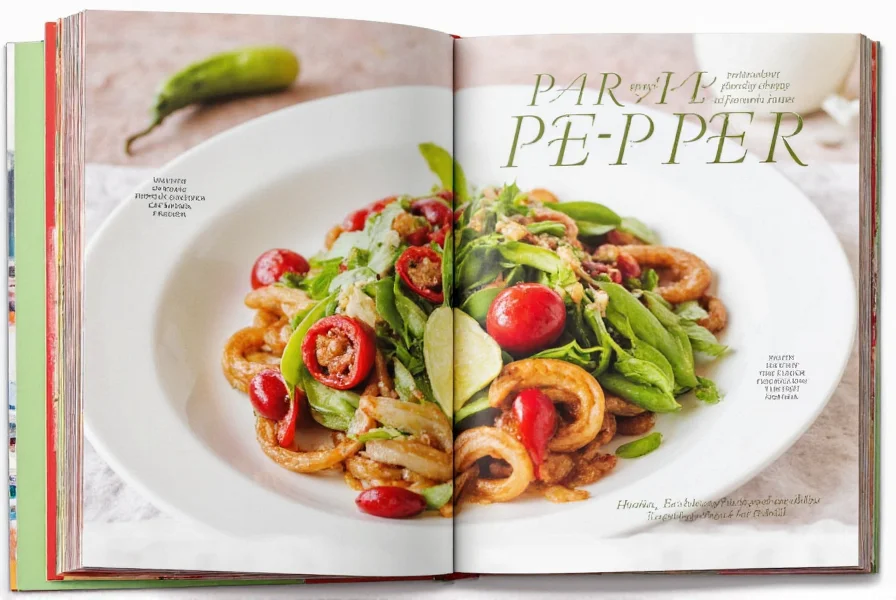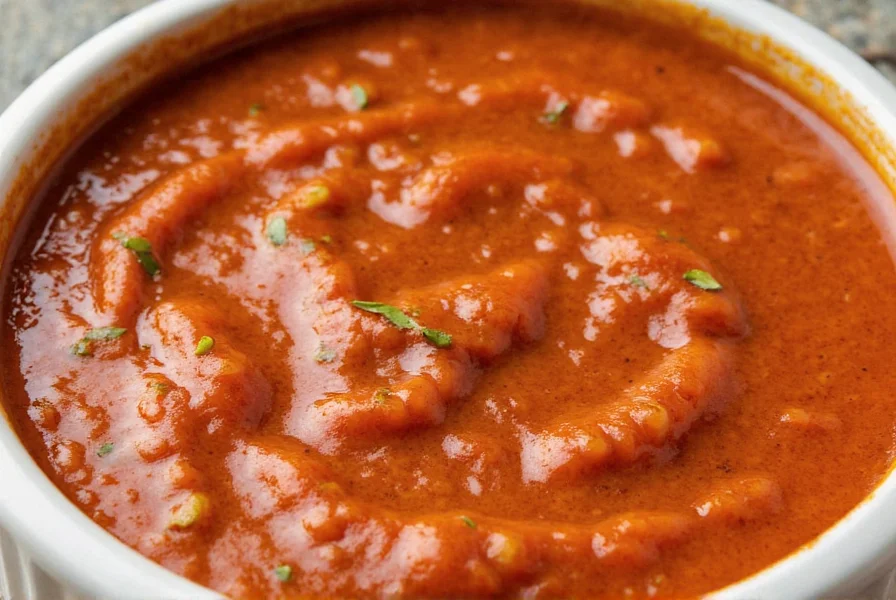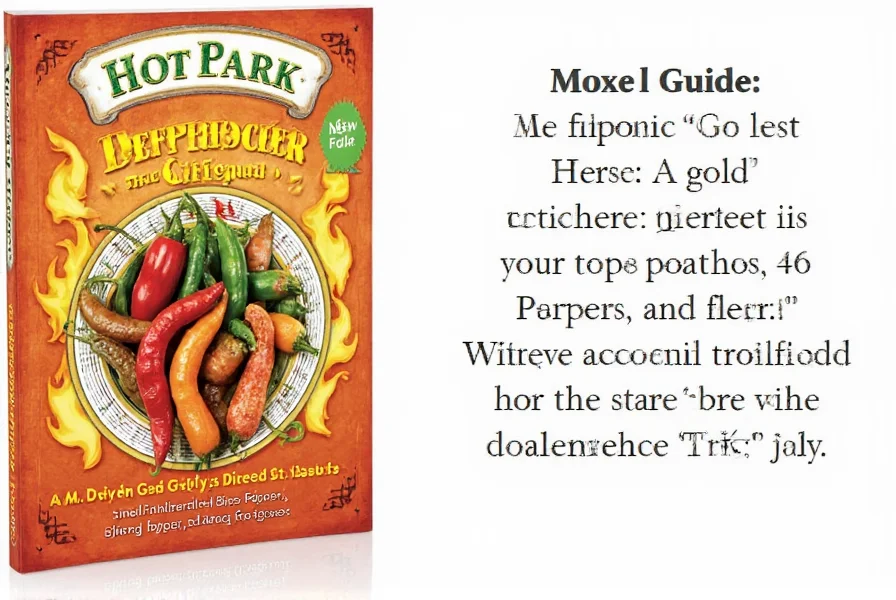Panca Pepper: A Flavorful Journey for Spicy Food Lovers
Table of Contents
Introduction to the Panca Pepper
The panca pepper, also known as the Peruvian yellow chili, is a unique and versatile spice that brings a mild yet complex flavor to any dish. Originating from South America, this pepper has become a staple in many global cuisines, especially in Latin American cooking. Whether you're a seasoned chef or a home cook with a passion for bold flavors, the panca pepper is a must-have in your spice collection.

Unlike its spicier counterparts like jalapeños or habaneros, the panca pepper offers a more subtle heat level, making it ideal for those who enjoy flavor without the intense burn. Its sweet and slightly smoky taste makes it a favorite for sauces, stews, and even desserts in some regions. In this article, we'll dive deep into the world of the panca pepper, exploring its characteristics, uses, and how to best incorporate it into your cooking.
Spice Basics: What Makes Panca Unique?
If you're new to the world of spices, understanding the differences between various peppers can be overwhelming. The panca pepper stands out for several reasons:
- Heat Level: It's generally considered a medium-heat pepper, ranging from 1,000 to 15,000 Scoville Heat Units (SHU), which is less than most hot chilies but more than bell peppers.
- Taste Profile: The panca pepper has a naturally sweet and smoky flavor, often described as earthy with a hint of fruitiness.
- Texture: When dried, it becomes wrinkled and darkens in color, giving it a distinctive appearance.
- Uses: It's commonly used in sauces, soups, and marinades, and can even be ground into powder for seasoning.

One of the key features of the panca pepper is its versatility. While it’s not as fiery as the bird’s eye chili or the ghost pepper, it still delivers enough heat to add depth and complexity to your dishes. This makes it a great choice for people who want to experiment with spicy flavors without being overwhelmed by heat.
Practical Tips for Using Panca Pepper
Now that you know what the panca pepper is all about, let’s talk about how to use it effectively in your cooking. Here are some practical tips to help you get the most out of this flavorful spice:
1. Start Small
Even though the panca pepper isn’t extremely hot, it can still add a noticeable kick. If you're unsure of your tolerance, start with a small amount and adjust to your liking.
2. Use Fresh or Dried
You can use panca peppers either fresh or dried. Fresh ones are great for adding a vibrant, juicy texture to salsas and stews, while dried ones are perfect for grinding into powders or using in spice blends.
3. Roast for Extra Flavor
Roasting the panca pepper before using it can enhance its natural sweetness and smokiness. Simply place them on a baking sheet and roast at 375°F (190°C) for 15–20 minutes until they’re slightly charred.
4. Pair with Complementary Flavors
The panca pepper pairs well with ingredients like garlic, cumin, tomatoes, and citrus. These combinations help balance its flavor and make it more enjoyable for those who aren’t used to spicy food.
5. Make Your Own Sauce
Creating a homemade panca pepper sauce is easy and rewarding. Blend roasted panca peppers with garlic, olive oil, vinegar, and a pinch of salt for a rich and flavorful dip or dressing.
Buying Guide: How to Choose the Best Panca Pepper
When shopping for panca peppers, it's important to choose high-quality options that will deliver the best flavor and heat. Here’s a guide to help you make an informed decision:
1. Look for Freshness
If you're buying fresh panca peppers, look for ones that are firm, glossy, and free from blemishes. Avoid peppers that are soft, wrinkled, or discolored.
2. Check the Color
Fresh panca peppers are usually bright yellow or orange, while dried ones turn darker, almost brown or reddish. The color can indicate ripeness and flavor profile.
3. Consider the Source
Peppers grown in their native regions, such as Peru, tend to have a more authentic flavor. Try to find locally sourced or organic options if possible.
4. Decide on Form
Choose between fresh, dried, or powdered forms based on your recipe needs. Fresh is best for raw applications, while dried is ideal for grinding or long-term storage.
5. Read Labels
If purchasing pre-made products, check the label for quality indicators such as “100% pure” or “no added preservatives.” This ensures you’re getting a genuine product.
6. Think About Usage
Consider how you’ll use the panca pepper. For example, if you’re planning to make a spicy sauce, you might prefer a milder variety, whereas a stronger heat level may be better for a marinade or rub.
Comparison with Other Common Peppers
To give you a clearer picture of where the panca pepper fits in the world of spices, here’s a quick comparison with some other popular peppers:
| Pepper | Heat Level (SHU) | Taste Profile | Best Uses |
|---|---|---|---|
| Panca Pepper | 1,000 – 15,000 | Smoky, sweet, slightly fruity | Sauces, stews, salsas |
| Jalapeño | 2,500 – 8,000 | Mildly spicy, grassy | Guacamole, tacos, pickling |
| Habanero | 100,000 – 350,000 | Very spicy, citrusy | Hot sauces, spicy dishes |
| Bell Pepper | 0 – 100 | Sweet, crunchy | Salads, roasting, stuffing |
| Chipotle | 2,500 – 8,000 | Smoky, spicy | Stews, sauces, marinades |

This table shows that the panca pepper falls somewhere in the middle in terms of heat, offering a balanced and flavorful option for those who want a bit of spice without the intensity of hotter varieties. Its unique flavor also sets it apart from others, making it a go-to for many chefs and home cooks.
Conclusion
The panca pepper is a versatile and flavorful spice that adds depth and complexity to a wide range of dishes. Whether you're looking to experiment with new flavors or simply want to elevate your everyday meals, this pepper is a fantastic choice. With its mild heat, sweet and smoky taste, and adaptability in both fresh and dried forms, the panca pepper is a must-have in any spice cabinet.
By following the practical tips and buying guide provided, you can ensure that you’re getting the best quality and maximizing the potential of this incredible spice. So why not give the panca pepper a try? You might just discover your new favorite ingredient.










 浙公网安备
33010002000092号
浙公网安备
33010002000092号 浙B2-20120091-4
浙B2-20120091-4